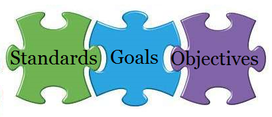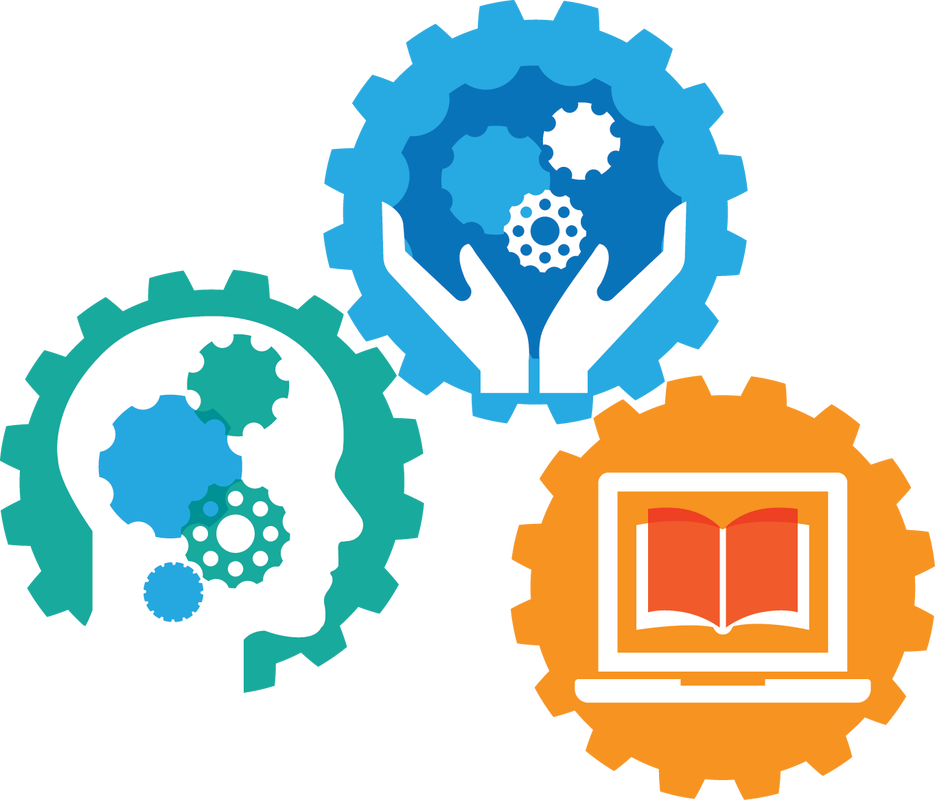| Unityoga.org |
Backward design toolkit |
Resources for helping teachers focus on the big ideas and educational standards when designing courses; and implement best practices to support student understanding. |
|
The Case for Backward Design:
Planning instruction has always been one of the more difficult parts of a teacher's job. Many have and will default to a textbook or project to guide teaching in the classroom with some quizzes and tests for assessment layered on as an afterthought and hope, with a little luck, that the goals of the course and content standards will be realized when all is said and done. With the monumental task of education that modern life demands and cutting-edge standards like the Common Core State Standards (CCSS) and other national curricula present, educators can no longer afford to base their teaching on content... It must be centered on and designed around the goals that arise from those standards, if there is to be consistency and rigor in students' learning. |
Luckily, there is a theory and system of curriculum design that begins with the big ideas and goals of student understanding and then, all but guarantees attainment by building the instruction and learning experiences around authentic assessment of having met those goals, instead of simply testing the information from the lessons.
Wiggins and McTighe, the authors of Understanding By Design (2005) say, “Teaching is a means to an end. Having a clear goal helps us educators to focus our planning and guide purposeful action toward the intended results.” With those goals and "big ideas" in mind, assessment can then be devised to determine whether the students have attained understanding and the ability to transfer the knowledge and skills. "The UbD (Backward Design) framework promotes not only acquisition, but also the student’s ability to know why the knowledge and skills are important, and how to apply or transfer them in meaningful, professional, and socially important ways." (UbD Whitepaper, 2012)
Wiggins and McTighe, the authors of Understanding By Design (2005) say, “Teaching is a means to an end. Having a clear goal helps us educators to focus our planning and guide purposeful action toward the intended results.” With those goals and "big ideas" in mind, assessment can then be devised to determine whether the students have attained understanding and the ability to transfer the knowledge and skills. "The UbD (Backward Design) framework promotes not only acquisition, but also the student’s ability to know why the knowledge and skills are important, and how to apply or transfer them in meaningful, professional, and socially important ways." (UbD Whitepaper, 2012)
How to use this site:
- Below are the three stages of Backward Design.
- Press the buttons to learn about each stage in the design process and discover resources to help produce effective curriculum, courses, units, and lessons. (Suggestion: start with Stage One)
- You can navigate to any page using the buttons found at the top and bottom of each page.
- (do not use the drop down menu at the top or the footer bar at the bottom for navigation)
- On the page for each stage you will find:
- Some quotes from resources as well as section titles followed by -
- A brief introduction to the stage and explanation of the design process and resources.
- Some links to resources to help plan and design effective courses using research proven strategies.
- Finally there are buttons for navigation to the other parts of the website.
- There is also a forum where you can find additional resources and share your own ideas and impressions!
- References and resources are listed and linked on the references page.
Navigation
Stage OneIdentify Learning Outcomes:
What will students learn? |
Stage TwoDetermine Acceptable Evidence:
What will success look like? |
Stage ThreePlan Learning Experiences and Instruction:
What will students do in the course? |
|
Unityoga.org
one Y? one answer... |



